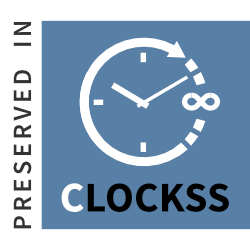Correlation of Serum Uric Acid Level with Blood Pressure in Middle-aged Population: A Cross-Sectional Study from Public Sector Hospital of Islamabad
DOI:
https://doi.org/10.53992/njns.v5i1.32Keywords:
Hyperuricemia, Systolic blood pressure, Diastolic blood pressureAbstract
In Pakistan hypertension is the leading cause of mortality and morbidity and is affecting approximately one‐third of the population, meanwhile hyperuricemia is also highly prevalent and has important clinical implications, but association of hypertension and hyperuricemia is still a matter of debate in Pakistani population. To determine the correlation between serum uric acid and Hypertension. Cross-sectional analytical study of six month duration was carried out at at tertiary care public sector hospital of Islamabad from February to August 2019. After taking the informed written consent 100 middle-aged (40 to 65 years) asymptomatic individuals visiting tertiary care hospital for the test of serum uric acid for the first time were enrolled. Beckman Coulter AU analyzers and uriucase method was used to measure uric acid as per manufacturer’s instructions. Blood pressure of all enrolled participants was measured through a mercury sphygmomanometer. Demographic information of the study participant, clinical history, height, weight, family history, uric acid level and blood pressure were recorded on pre-structured questionnaire. BMI was calculated by using WHO formula. Among 100 enrolled study participants, 50 (50%) were males and 50 (50%) were females. The mean age was 50±8 years. The frequency of hyperuricemia was 16.0% and among these 93.8% were hypertensive with a significant Pearson correlation coefficientp value of 0.014. There is a significat correlation between hyperuricemia and hypertension. Our findings remain to be confirmed in future prospective studies.




